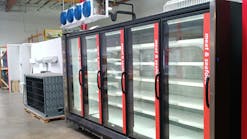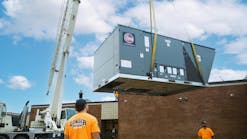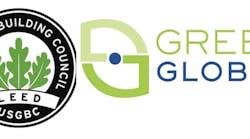The third building, however, was mired in negative comments that clearly showed a lack of understanding by the (obviously) different review team and resulted in the additional cost of appeals and a long delay in the schedule for the owner. Although the project was eventually certified, no one associated with the project was happy with the process. And having to provide allowances in the LEED consultants’ fees for appeals and interpretations only serves to inflate the total cost to the owner without adding any value to the process. It may also give the owner the perception that the consultant is not as competent as he or she ought to be, and generally reflect poorly on everyone — but particularly the LEED consultant — involved in the project.
This is not to say that LEED doesn’t have its advantages. LEED is the most recognized and most implemented green building program in the world. It has arguably been the single-most influential advocate for sustainability in the built environment. And LEED has convinced many corporate leaders that green building isn’t just for “tree huggers”, but is about social, environmental and economic benefits. It has also inspired tens of thousands of individuals — myself included — to share in that vision. Many large national and international enterprises have mandated LEED as the standard for their facilities and there is no question that a LEED-certified building has the potential, if operated properly, to outperform a non-certified building.
So let’s agree that, like everything else in our industry, there is no “one size fits all” solution. Each project should be evaluated based on its own goals and objectives, and the most beneficial outcome to the owner should be the deciding factor in selecting which green label to pursue…which, by the way, may not be just limited to LEED and Green Globes.
Lawrence (Larry) Clark, CEA, GGP, LEED AP O+M, a member of HPAC Engineering’s Editorial Advisory Board, is principal of Sustainable Performance Solutions LLC, provider of energy audits, general energy-efficiency and sustainability consulting services, and metering and submetering solutions. He has more than a dozen published articles on HVAC- and energy-related topics to his credit and frequently lectures on central-energy-plant optimization, metering/submetering, and advanced ventilation.
Being a Leadership in Energy and Environmental Design Accredited Professional (LEED AP) for six years and a certified Green Globes Professional (GGP) for a year, I have noted first-hand both the similarities and the differences between the LEED and Green Globes systems. Both systems serve to drive green/high-performance-building design, construction, and operation. Both LEED and Green Globes rely on an independent third-party verification process although, as we’ll see, their approach is much different.











